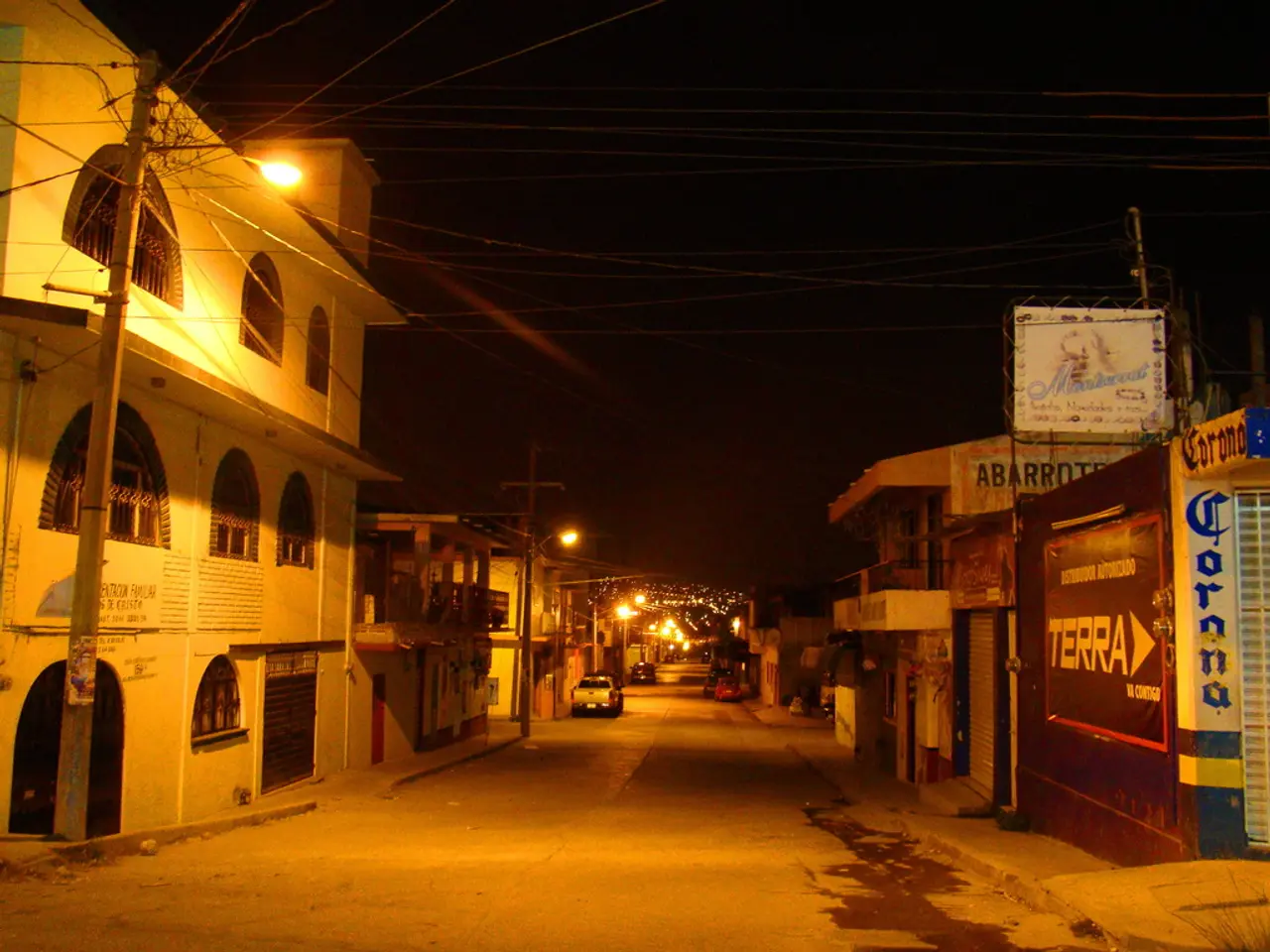Expanded Competition for Charging Stations Leads to Higher Adoption Rates in Germany and Europe, Research Reveals
In the first half of 2025, the European public charging market for electric vehicles has witnessed significant growth, with most countries showing a clear upward trend.
According to the E.ON subsidiary elvah's Load Market Report I.2025, the public charging market has experienced a 45% increase in charging processes in Belgium, and a 41% increase in the Netherlands. These figures indicate a strong demand for electric vehicle charging solutions across Europe.
Hamburg remains the leader in charging processes per capita, while North Rhine-Westphalia continues to be the largest individual market. Berlin, Bremen, and Hesse showed the strongest growth, with growth rates between 19 and 21%.
The developments in 2025 will show whether the competition in the public charging market will continue to be defined by price, location, and brand. However, in Germany, no specific companies are clearly identified as dominating price sensitivity in the public charging station sector. The sources focus more on energy measures, subsidy adjustments, and future technology trends rather than on competitive market leadership among charging station operators.
As the market becomes more dynamic, operators must increasingly adapt their strategies. Optimising locations not only technically but also economically will be crucial for charging station operators to remain successful. More and more charging station operators are experimenting with flexible pricing to cater to this need.
The total estimated energy quantity for charging processes was 689 GWh, a rise of approximately 16% compared to the second half of 2024. This increase in energy consumption highlights the growing importance of the public charging market.
However, numerous locations in the public charging market cannot demonstrate sustainable utilisation, intensifying competition between operators. This competition is further fuelled by the increasing variety of pricing models, as price actions, flexible tariffs, and dynamic pricing models are becoming strategic instruments in the market.
In the fast-charging segment (DC), EnBW maintains market leadership, followed by Ionity and Aral Pulse. The fast-charging segment is expected to continue playing a crucial role in the growth of the public charging market.
Sören Ziems, co-founder and Managing Director of elvah, states that the public charging market in Germany has started the year 2025 with dynamism despite political uncertainties, and the increasing variety of pricing models could change the competition.
Municipal and regional suppliers, along with growing aggregators like vaylens and Ladeverbund+, shape the AC charging market. The role of these entities in shaping the future of the public charging market is expected to be significant.
Overall, the first half of 2025 has seen a robust growth in the public charging market across Europe. The market is expected to continue evolving as operators adapt to the changing landscape and consumers demand more accessible and affordable charging solutions.
Read also:
- Peptide YY (PYY): Exploring its Role in Appetite Suppression, Intestinal Health, and Cognitive Links
- Toddler Health: Rotavirus Signs, Origins, and Potential Complications
- Digestive issues and heart discomfort: Root causes and associated health conditions
- House Infernos: Deadly Hazards Surpassing the Flames








